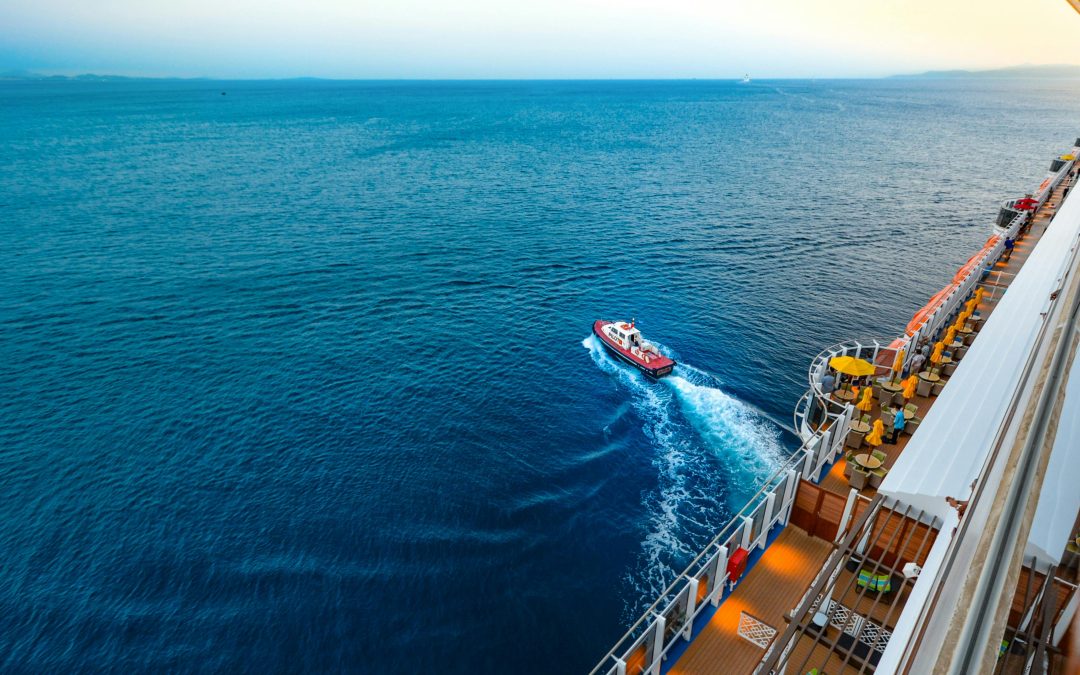Star Bulk — one of the largest dry bulk shipping companies — will start buying biofuels to power its fleet to comply with a new EU regulation from next year, its bunker director, Constantinos Capetanakis, told S&P Global Commodity Insights in an interview.
Brussels is set to introduce FuelEU Maritime rules that mandate ship operators to cut the greenhouse gas emissions intensity of fuels used by vessels in EU-related trades by 2% from 2025, 6% from 2030, 14.5% from 2035, 31% from 2040, 62% from 2045 and 80% from 2050, against 2020 baselines.
With EU officials warning that shipping firms simply using conventional, oil-based fuels would not be able to comply, many analysts have predicted more biofuels will enter the bunker pool as they can be used on a drop-in basis by ships without propulsion systems for alternative fuels.
“We will be using, going forward, some form of biofuels in order to achieve compliance,” said Capetanakis. “We are making the calculations to see what the optimum choice of blend ratio is.”
Currently, B24 — with 24% biocomponents — is the most common bioblend marine fuel globally, but B30 is often supplied in Europe’s top refueling hub of Rotterdam, where a sufficient number of chemical tanker barges enable the supplies of higher grades.
“Whether it’s going to be B24, B30 or B50 is something to be determined going forward,” said Capetanakis, adding that the majority of bioblends in the market are expected to be based on used cooking oil methyl ester (UCOME), but “surely” more will appear as demand picks up.
Biobunker fuels generally cost more than oil-based bunkers due to limited feedstock, and some industry participants have suggested shipping firms would limit its use to lower compliance expenses.
The monthly average delivered bunker price of B30 UCOME was $879 per metric ton of very low sulfur fuel oil equivalent in Rotterdam last month, compared with $630/mt for VLSFO, the most used marine fuel type, according to Platts data from Commodity Insights.
While B24’s decarbonization effects would far exceed FuelEU Maritime’s initial requirement, the EU has created a “pooling mechanism” that would allow biofuel-burning ships to distribute its compliant surplus to those in deficit within a yearly cycle.
With a fleet of over 150 ships of various sizes, Star Bulk is “a big enough company to create our own internal pool” even though it has not ruled out pooling with other companies, Capetanakis said.
“It’s quite easy to create our own pool of chosen vessels, which will be complying and then providing any extra compliance credits to the other vessels, so it is one of the main options” said Capetanakis. The Nasdaq-listed company’s actual biofuel needs would depend on the size of its EU-related freight business, he added.
Fuel use
Star Bulk’s fleet consumes roughly 1 million mt/year of marine fuels, of which the vast majority are high sulfur fuel oil, followed by 0.1%-sulfur marine gasoil while VLSFO is rarely used.
More than 95% of the company’s ships are installed with scrubbers, suggesting HSFO could also be a compliance option in the International Maritime Organization’s Emissions Control Areas when technical and legal requirements are met, according to Capetanakis.
The next ECA coming into force will be in the Mediterranean from May 2025, and Capetanakis suggests MGO could be the company’s main alternative when HSFO is not used.
While MGO is a “well-known” grade, “you will need to be much more careful” with the properties of ultra low sulfur fuel oil with 0.1%S,” Capetanakis said. “But I don’t think that we will have a supply problem overall.”
Looking forward, Star Bulk will begin to invest in ships capable of burning LNG, methanol or ammonia if regulators provide more clarity, according to Capetanakis.
Member states of the International Maritime Organization are set to finalize new regulations to achieve their decarbonization targets next year, which could include a carbon levy and global GHG standards for marine energy.
“We are waiting for the regulations to be finalized,” said Capetanakis, who also serves as the chair of International Bunker Industry Association, which represents bunker industry participants and has a consultative status at the IMO.
“We are waiting for a much more clear picture in terms of pricing, in terms of technology advancements before we move in any serious investment on such vessels,” Capetanakis added.
The IMO has set targets to reduce life-cycle GHG emissions from international shipping by 20%-30% by 2030 and 70%-80% by 2040 against 2008 levels, before transitioning to net-zero shipping close to 2050.
Echoing the view of many other shipping professionals, Capetanakis suggested low-carbon fuels are needed to achieve deep decarbonization, but that their availability has to increase and infrastructure be developed.
There needs to be “a price logic” too, because shipping companies would struggle to increase consumption if the fuels are two to four times more expensive than oil bunkers and “this is not desirable to any link of the supply chain,” he added.
The monthly average delivered bunker price for 100% sustainable methanol was $49.34/Gigajoule in Houston and $13.42/Gj for VLSFO, according to Platts data.
“At the end of the day, the cost may go down to you and me as consumers,” Capetanakis said.
Source: Platts






